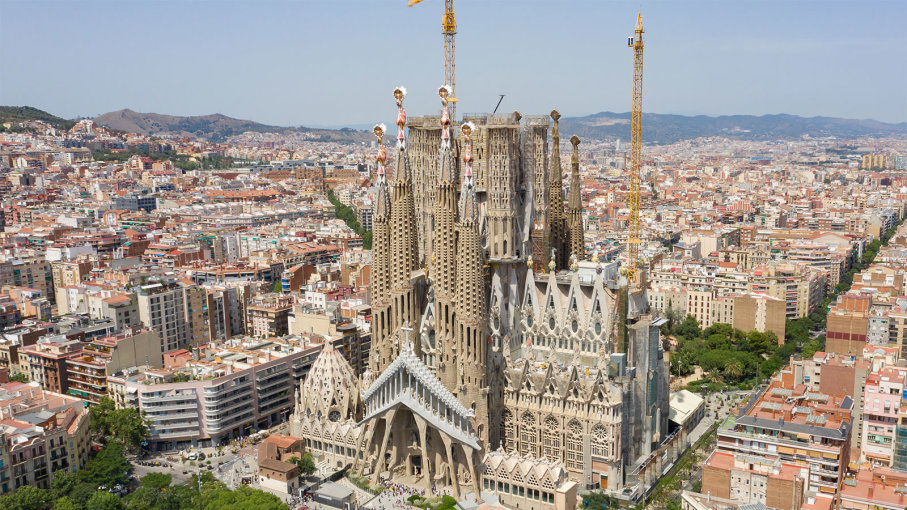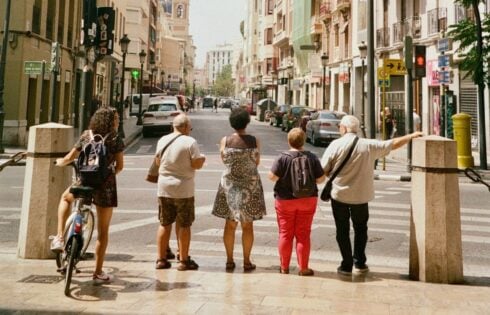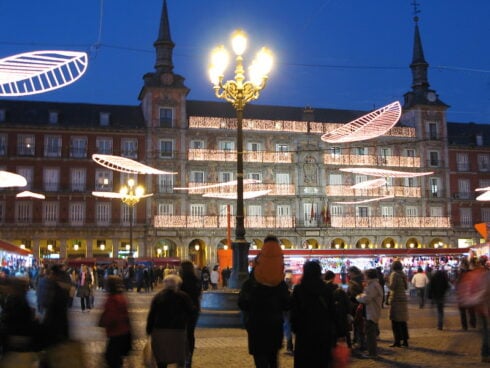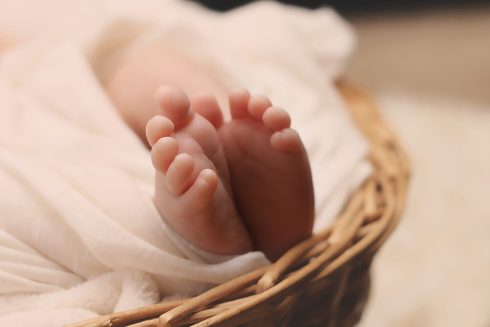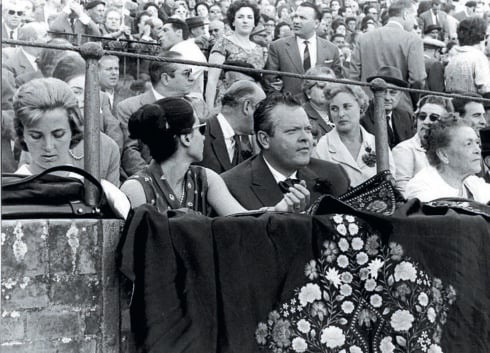MOST people have been to the Sagrada Familia and Casa Batllo, but have you heard of these little-known Gaudi works?
Every year, thousands of tourists flock to Barcelona to marvel at Antoni Guadi’s buildings.
It was recently announced that the emblematic Sagrada Familia will finally be finished in 2026, over a century after the architect’s death.
Esteve Camps, the president of the company building the Sagrada Familia, claims to have sufficient funds and materials to complete the project, including the 172.5 metre central tower.
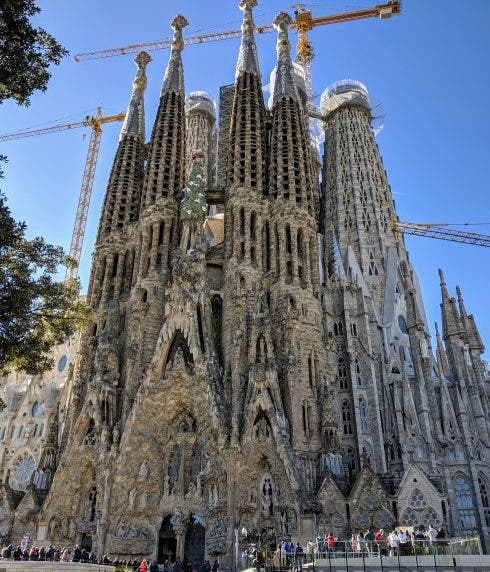
However, work on sculptures and further intricate details could continue until 2034, as well as a controversial stairway which could displace over 1,000 families and businesses.
The Sagrada Familia is Barcelona’s most popular tourist attraction, with close to 5 million annual visitors cumulatively spending over €125m.
Despite this, there are still many of Guadi’s works that remain undiscovered by most tourists.
It’s a wonder that many miss Palau Guell, just steps from Barcelona’s famous La Rambla.
Gaudi designed the mansion for industrial tycoon Eusebi Guell, also the namesake of the well-known Park Guell.
Built between 1886-1886, it is an early example of Gaudi’s signature style, using mosaic, wrought iron features and stained glass.
Inside, the arching stonework, twisting stairways and cosy lighting earn Palau Guell its palatial title.

Outside, the roof offers lovely views over the city where you may be able to spot our next recommendation, Casa Vicens.
Found in Barcelona’s hipster Gracia neighbourhood, you may not realise this unique red house was one of Guadi’s works.
He took on the project as a newly qualified architect with just five years of experience after being hired by tile baron Manuel Vicens Montaner to design a summer house.
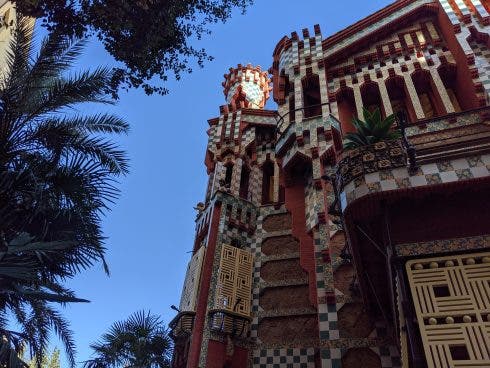
Gaudi clearly considered his benefactor’s profession when designing the house, implementing brightly coloured motifs at every opportunity.
Typical of Catalan modernism, the design is inspired by nature every step of the way, with twisting vines for gates and tiled sunflowers decorating the exterior.
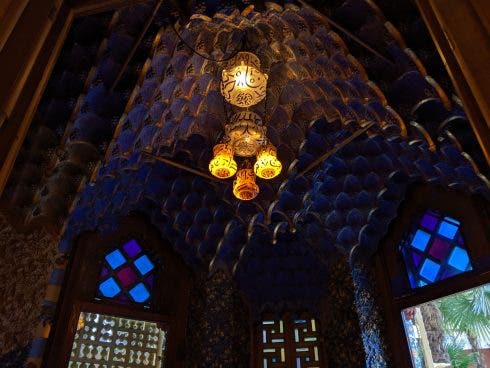
Clearly influenced by Andalucia, the Arabian smoking room is delightfully reminiscent of Granada’s Alhambra.
After careful restoration, it was declared a UNESCO World Heritage site in 2005 and has been open to the public for seven years.
With access limited to 500 people a day, it is best to book a ticket in advance to avoid disappointment.
Also one of Gaudi’s first works is Casa Calvet.
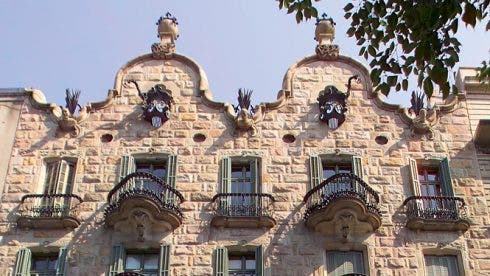
READ MORE: The Sagrada Familia: how Gaudi’s masterpiece became a myth and a divisive political tool
Built in 1899, the building is considered the architect’s most ‘conservative’ work but it nonetheless earned him the city’s councils best building of the year award in 1900.
The house, built for textile manufacturer Pere Martir Calvet is still distinctively modernist, with curved balconies lining the facade.
It also pays tribute to baroque Catalan style and Calvet himself, with decorative ‘C’s in every corner.
Today, the building houses a restaurant where diners can enjoy the typical Catalan ceiling, granite columns and vine inspired arches.
It is also worth visiting Gaudi’s Torre Bellesguard, also known as Casa Figueres.
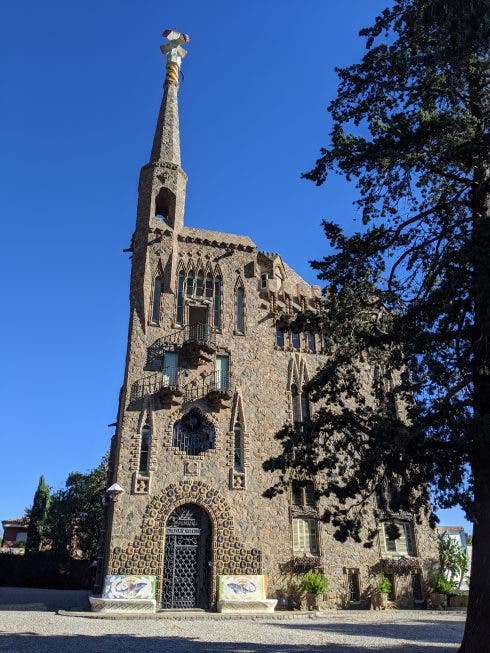
The modernist manor house was constructed on the site of a medieval castle and the influence is clear.
Built as a country house for the then King of Aragon, the house fell into decay over the centuries until Juame Figueres commissioned Gaudi to redesign it.
As always, Gaudi’s Catalonian heritage is evident at the site.
The terrace cleverly integrates a ‘dragon’ in a nod to the region’s patron saint, Saint George.
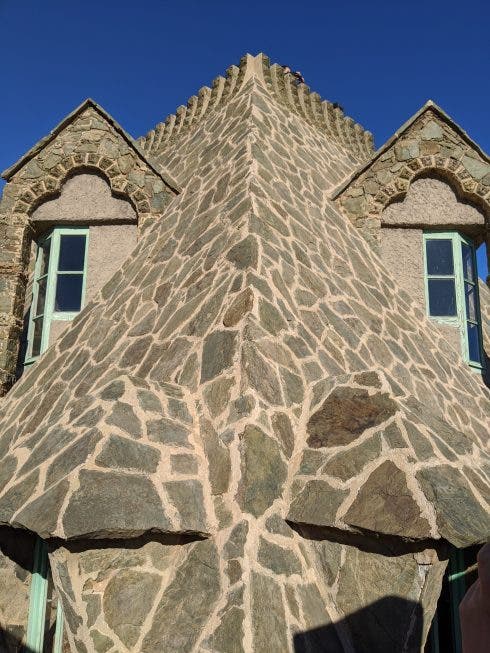
Although these details are what makes the house so special today, the architect’s obsessive behaviour added significant cost and time onto the project and the Figueres family were never able to live in the property.
Finally, ‘Gaudi’s best kept secret’, Colonia Guell is a 20 minute train ride from Barcelona city centre.
Originally built as an industrial village for one of Eusebi Guell’s textile mills, the project was intended to improve workers’ quality of life including houses, a theatre, school, shops, gardens and a church.
Gaudi was commissioned to design the church, now known as the crypt.
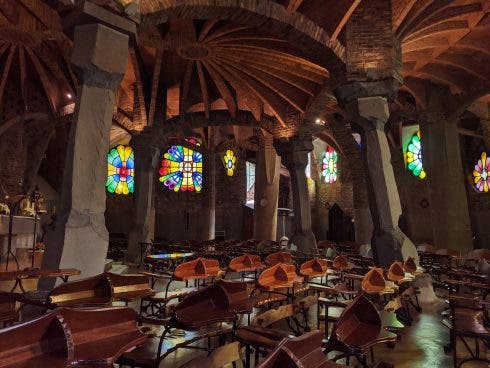
The undulating arches, stained glass and broken mosaic ‘trencadis’ make the building unlike any other church and its influence is clearly seen later in his master-work, the Sagrada Familia.
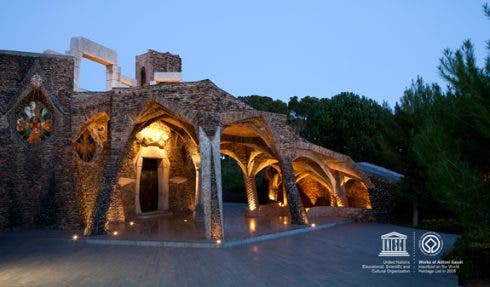
After marvelling at the church, make sure to wander around the village and check out the museum before heading back into bustling Barcelona.
Click here to read more Spain News from The Olive Press.

